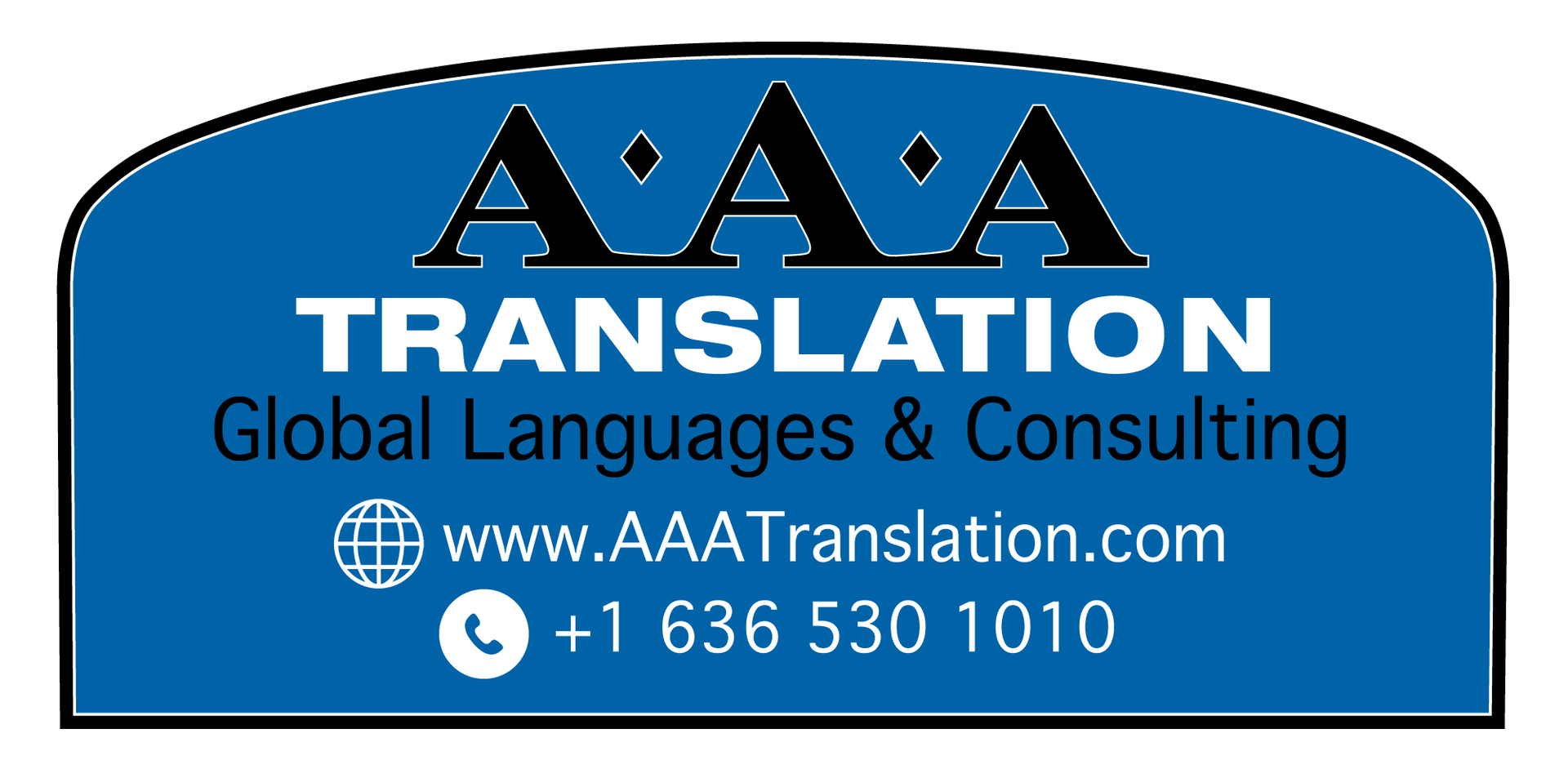How to effectively write for translation
Writing for translation is more complex than it sounds - the way a text is first written can either make or break it in terms of final translation quality.
You probably already know how many things might go wrong: incorrect translation stemming from a badly written text can result in misunderstandings, lowered sales, offending your potential clients, or even law suits. But there’s something that can make translating easier from the start.
Here are some tips:
1. Develop a style guide and stick to it: is your brand vocabulary flowery and creative? Or simple and straightforward and focused on the goal? Relatable and witty or dry and professional? Once you are aware of these things, your message will be cohesive, and it will become visible in the translation as well.
2. Share the resources . Share the style guide with the translators, they will be thankful and will be able to stay on brand, instead of having to guess your intentions. Is there anything in the text that might be unclear for non-native English speakers? Include a link to a definition. Pictures and websites speak a thousand words. Something that is obvious for you might be a bump for your translators.
3. Keep your sentences short and simple . That’s not to say you should write in Simple English. Don’t worry, a good translator will be receptive to the nuances of the text. But often you will discover that you made the original version better.
4. Avoid using abbreviations and acronyms unless you explain or define them when they are first mentioned.
5. Be careful with idioms, jokes, and metaphors . These travel badly and can be easily damaged during their trip. Real-life example: one of the translators on my team was wondering why the writer wants us to keep our heads up. Should we be looking at the sky? You cannot always foresee what will create confusion, but if there’s a chance it might, try to avoid it, or include a short explanation.
6.
Most importantly, communicate, listen, and understand
. Another
real-life example: many moons ago, I translated a cover of an American magazine
from English to German. The American manager, after seeing the original Computer
Science
translated as Komputerwissenshaft
, asked me to shorten the
word or split it into two. The only “minor” issue with that is you cannot cut a
word in two in German.
His intentions were good: he wanted the German version to look as good as the
English one. He just didn’t realize that English text is often shorter than other
languages, which means more space is needed for expansion (sometimes up to 40%!)
As someone who knows five languages, I can guarantee you that the differences between languages often run deeper than one would assume. If the translator says that something needs to be worded differently, you might want to take their word for it. Yes, it might require a leap of faith, but that’s the reason to work only with translators you can rely on!
